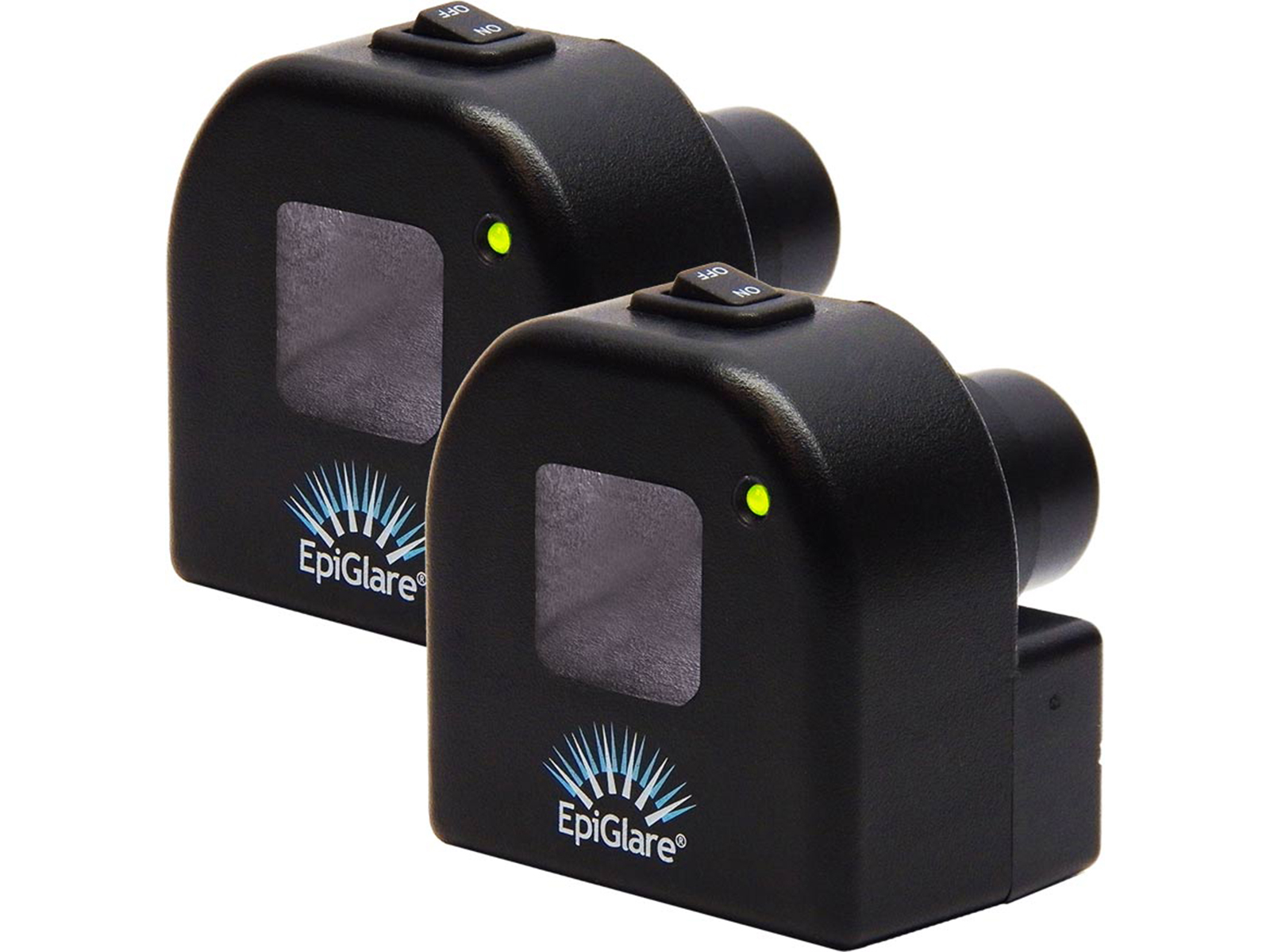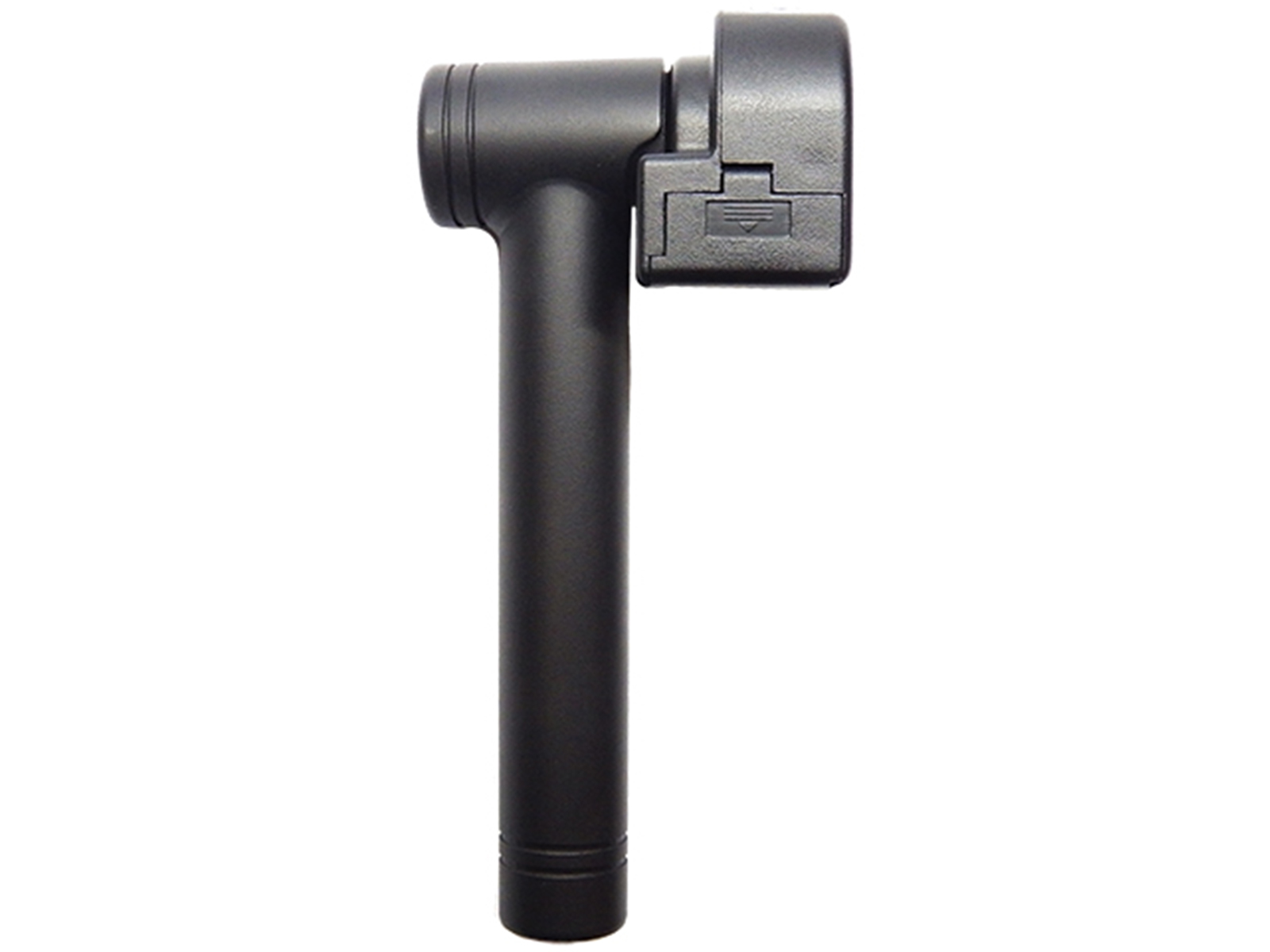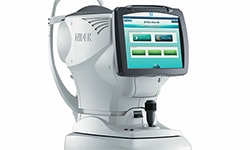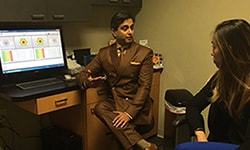Editorially Independent Content
Cataracts are known to reduce vision and cause disabling glare at night, which is particularly troublesome when patients encounter lights from oncoming traffic while driving in the dark. Current glare testing methods lack consistent light intensity and angle of illumination. This shortfall inspired me to develop the EpiGlare Tester (EPICO, marketed by Eye Care and Cure) that mimics real-life glare conditions.
How it Works
The EpiGlare can be mounted on a photopter with a versatile mounting bracket, or used as a handheld device. Monocular and binocular photopter-mounted units are available. During the test, the patient reads a Snellen acuity chart while an LED light array is projected through the eyepiece to simulate oncoming headlights. A smart power level feature indicates when batteries are running low to ensure the brightness is always at the right level.
EpiGlare Tester offers a standardized, reliable method for measuring and documenting glare disability with best corrected vision. Lack of adequate documentation of visual disability in our cataract patients can result in denial of coverage from Medicare and other 3rd party payers. Failure to treat cataract patients that complain of glare at night can increase the risk of accidents for them and others on the road.
Trial Tested
We conducted a prospective, multi-center clinical trial to validate this device, and the results were published in the March issue of the Journal of Refractive Surgery. The investigators found that this was very easy to use, helped their flow, and improved efficiency. We concluded that this device accurately measures the disability that our patients experience at night while minimally affecting those without cataracts.







